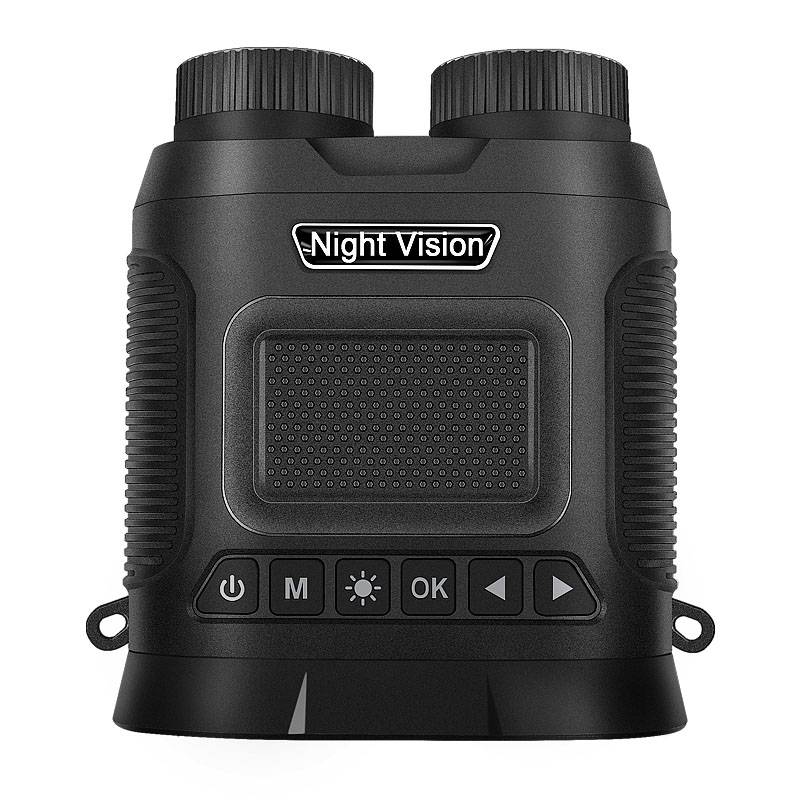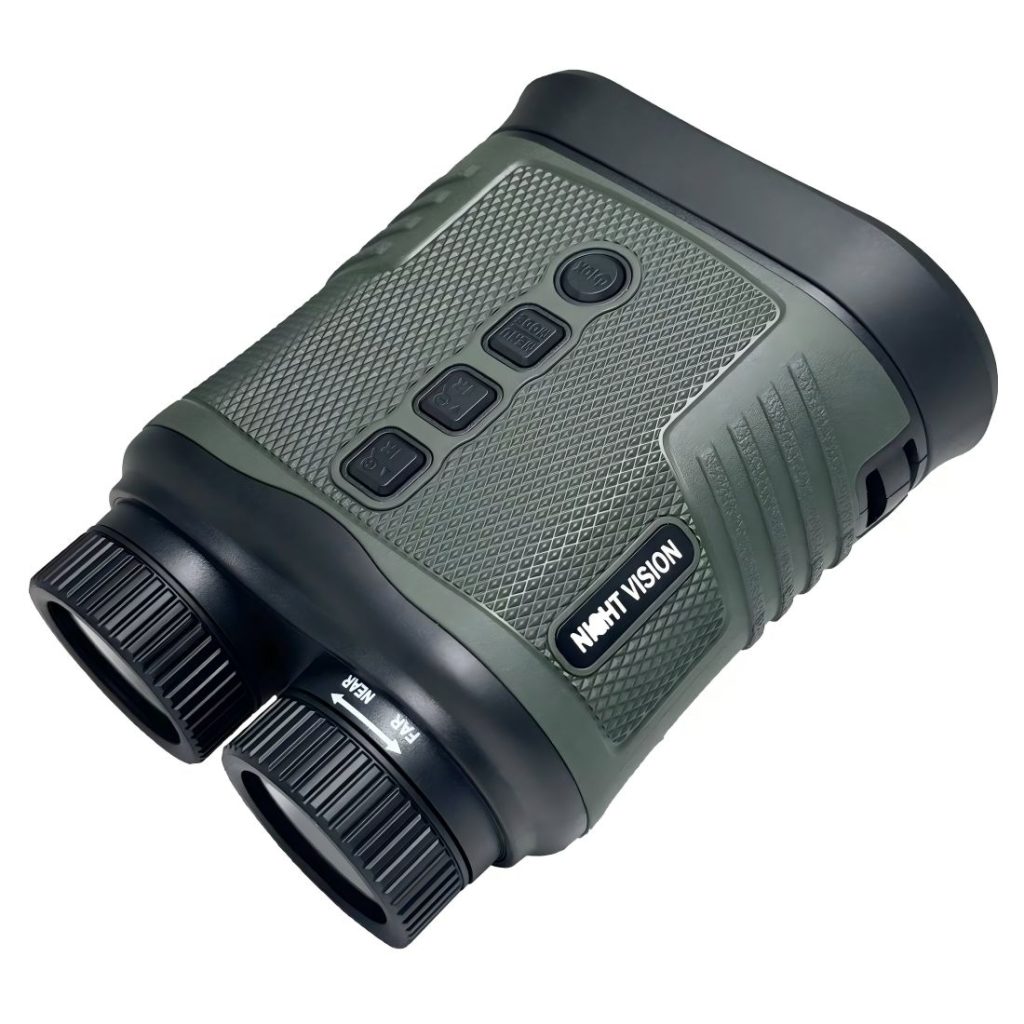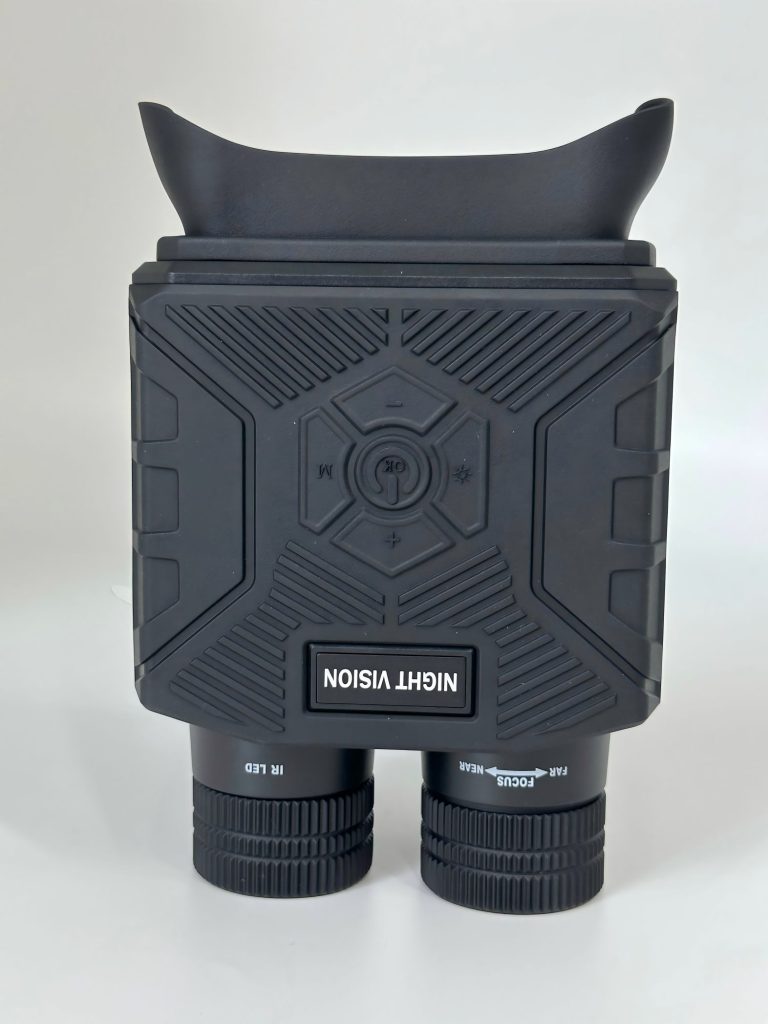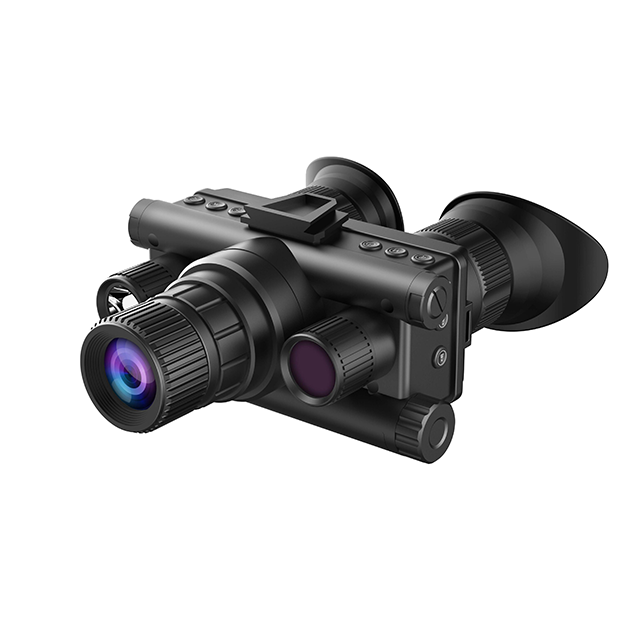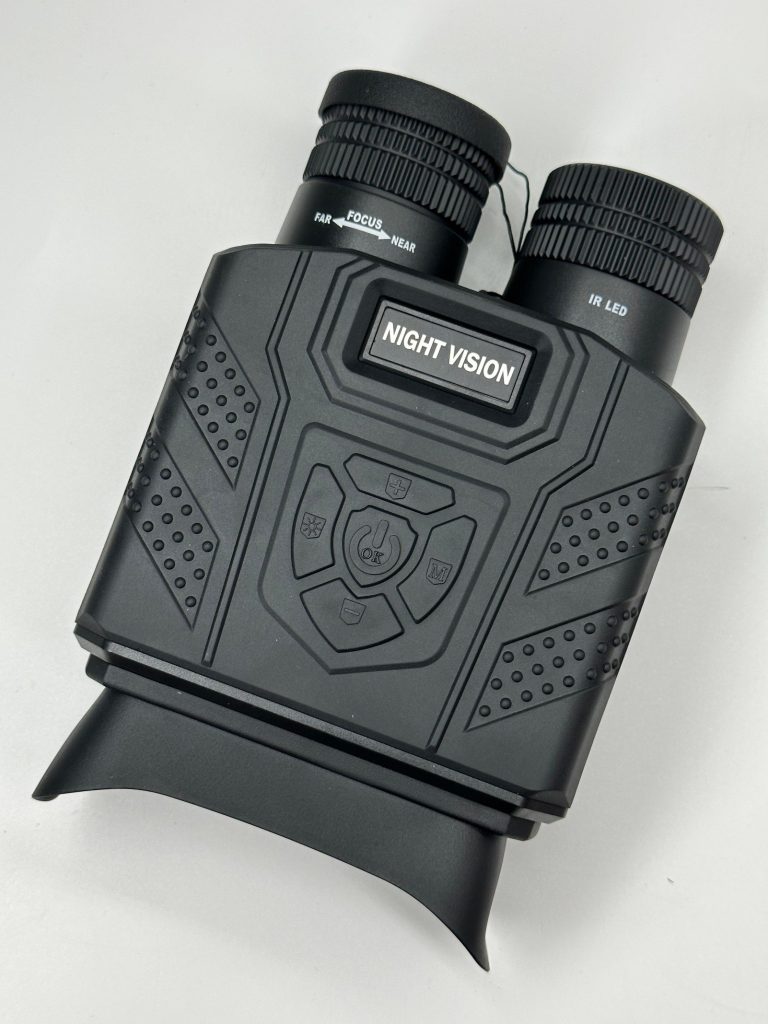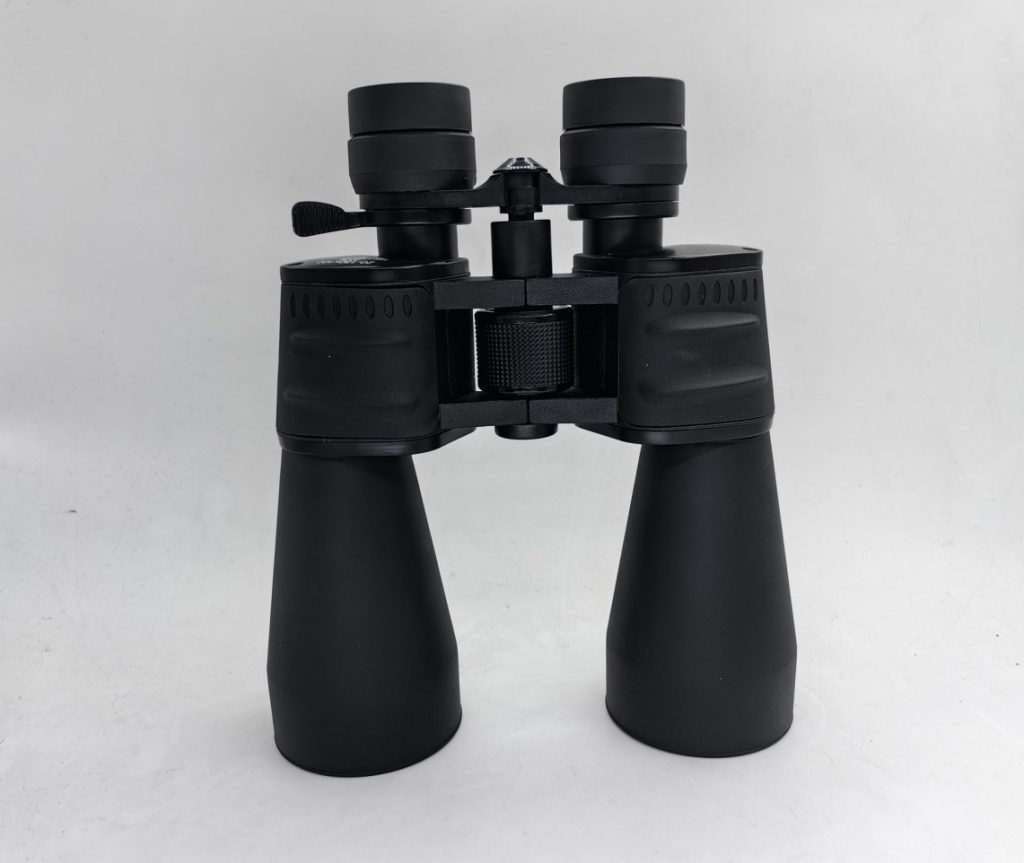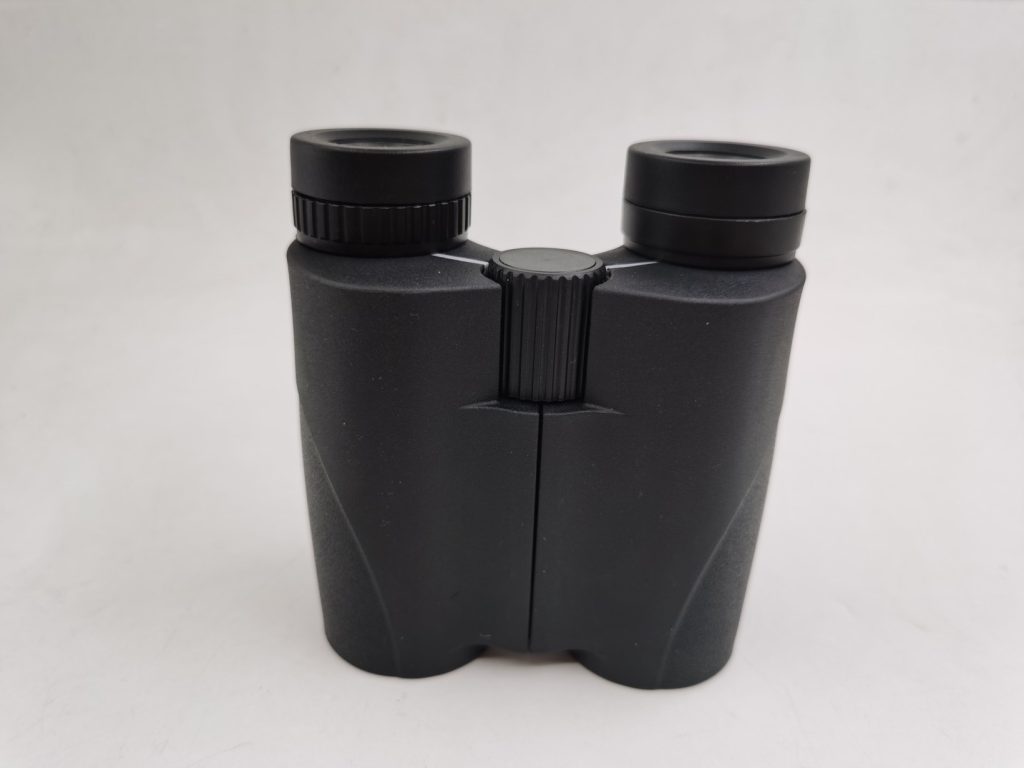Nighttime has long been a domain of mystery, populated by creatures whose eyes gleam in the dark and whose senses seem almost supernatural. While humans once feared the night, today, technology has allowed us to reclaim the darkness. But how exactly do animals see in the dark—and how did their abilities inspire modern night vision devices? Let’s dive into the wonders of nature and human ingenuity.
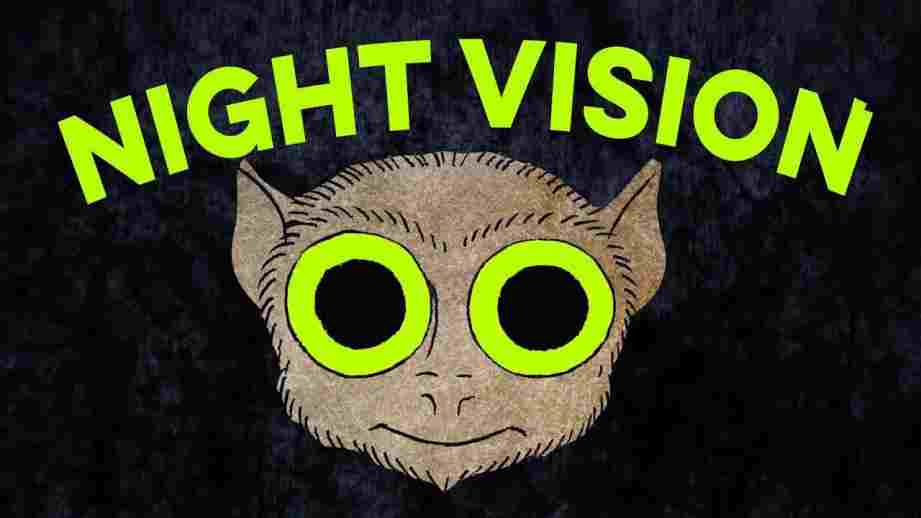
What Animals Have Night Vision?
Animals with night vision possess unique adaptations that allow them to thrive in low-light conditions. Here are some of nature’s most remarkable examples:
Feline Animals (e.g., Domestic Cats, Lions)
Cats, both domestic and wild, are famed for their incredible night vision. Thanks to a high density of rod cells—photoreceptors sensitive to low light—in their retinas, felines can see in light levels six times lower than what humans need. Moreover, they have a reflective layer behind the retina called the tapetum lucidum, which bounces incoming light back through the retina, giving them a second chance to detect it. This feature also causes the characteristic “eye shine” seen when light hits a cat’s eyes at night.
Owls
Owls are another animal perfectly adapted to nighttime activity. Their large eyes are packed with rods, enabling them to detect even the faintest movements in near darkness. Additionally, an owl’s eyes are tubular rather than spherical, increasing their field of view and light-gathering ability. Specialized feathers also allow silent flight, making owls lethal night hunters.
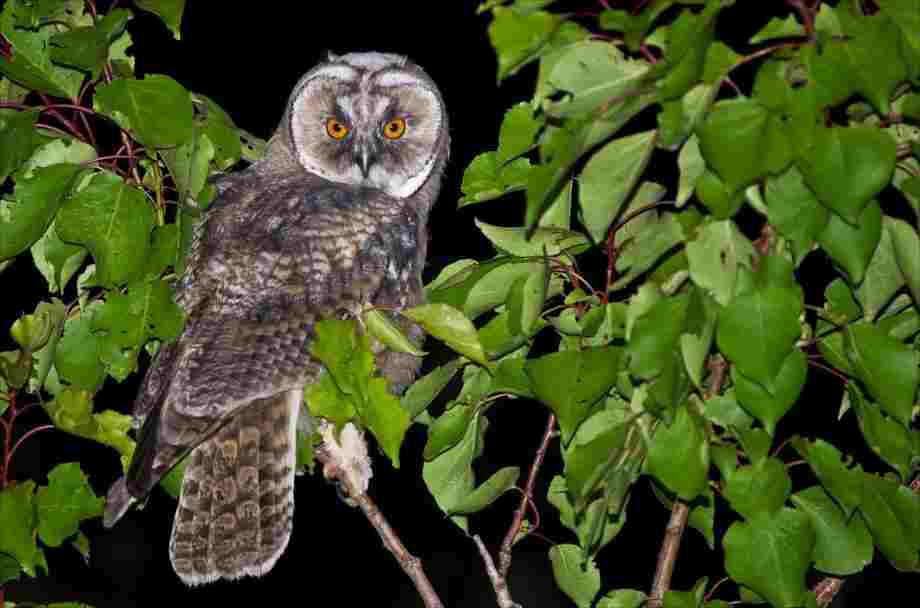
Snakes (e.g., Pythons, Vipers)
Certain snake species, such as pit vipers and pythons, possess an entirely different night vision system. They have heat-sensing “pit organs” that detect the infrared radiation emitted by warm-blooded prey. This gives them a thermal image of their surroundings, essentially allowing them to “see” heat signatures even in total darkness.
Fish & Marine Animals (e.g., Sharks, Squid)
In the deep sea, where sunlight barely penetrates, animals have evolved unique ways to navigate the gloom. Some deep-sea fish and squid possess incredibly sensitive eyes adapted to detect bioluminescence—the faint natural glow emitted by some marine organisms. Sharks, too, have a tapetum lucidum that improves their vision in murky waters, aiding them in hunting.
Other Animals
Many other creatures boast remarkable night vision. Frogs, for instance, have eyes that adjust rapidly to changes in light, enabling them to hop between dark and lit environments. Nocturnal mammals like bats rely partly on vision and partly on echolocation, while some insects, like moths and beetles, have compound eyes optimized for low-light conditions.
From Animal Eyes to Biomimicry: The Inspiration Behind Night Vision Devices
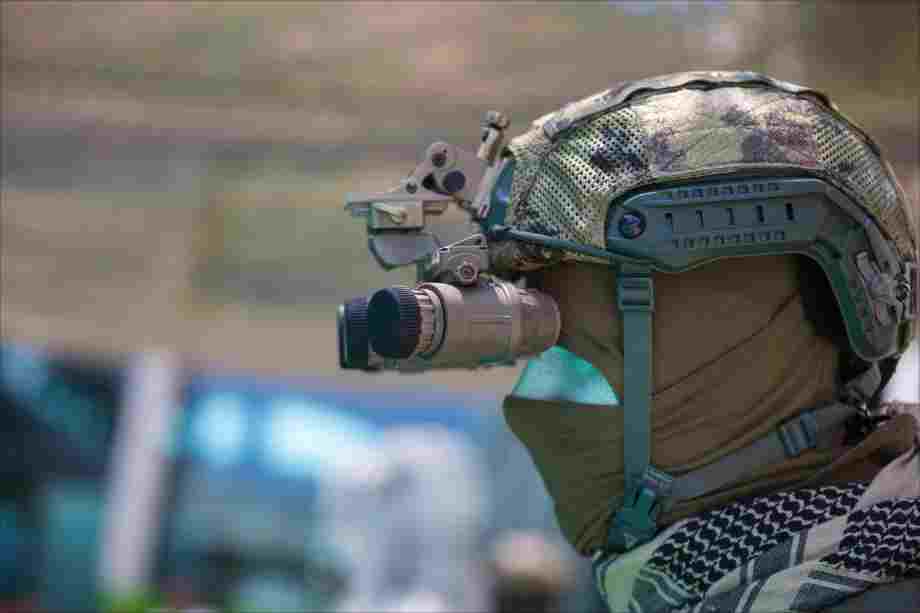
Human engineers have long looked to nature for solutions. Here’s how animal adaptations inspired modern night vision technologies:
Tapetum Lucidum Inspiration: The Microchannel Plate (MCP) in Image Intensifiers
The tapetum lucidum found in cats and other animals inspired the development of image intensifier tubes. In these devices, a component called the Microchannel Plate (MCP) multiplies electrons produced by incoming light photons. Just as the tapetum lucidum reflects and amplifies available light, the MCP significantly boosts the light signal, producing a bright, detailed image even in near darkness.
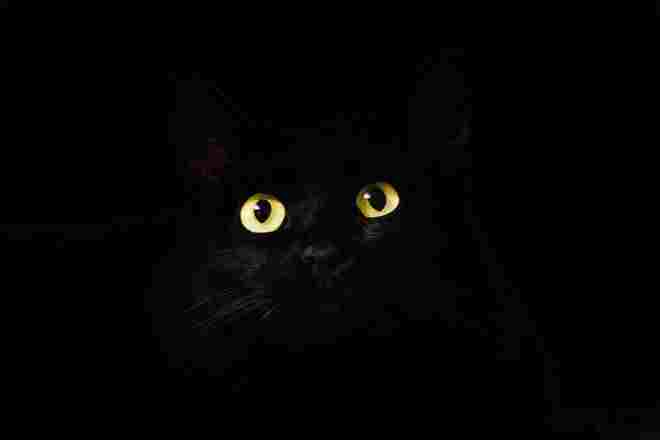
Snake Heat Sensing: Infrared Thermal Imaging Technology
The heat-sensing ability of snakes led to advances in thermal imaging technology. Thermal cameras detect infrared radiation (heat) and translate it into a visible image. This method allows users to “see” temperature differences in their environment—similar to how pit vipers track prey through heat signatures.
Insect Compound Eyes: Wide-Angle Lens Design
Insects like moths and dragonflies have compound eyes made up of thousands of tiny lenses, offering a broad field of view. Engineers adapted this concept into wide-angle lenses and panoramic imaging systems, improving the field of vision in certain night vision devices and helping users monitor larger areas without moving the device.
How Do Night Vision Devices Work?
Modern night vision relies on two primary technologies: image intensification and thermal imaging.
The Principles of Two Main Night Vision Technologies
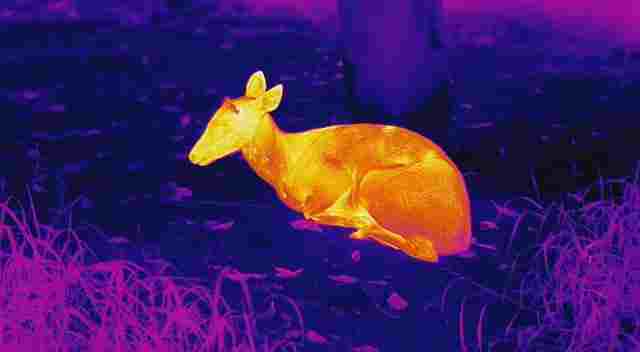
A. Image Intensification
Image intensification works by collecting the small amount of available light (including lower portions of the infrared spectrum) and amplifying it. Light enters the device and strikes a photocathode, releasing electrons. These electrons are multiplied through the MCP and then hit a phosphor screen, creating a visible image. This technology is commonly used in night vision goggles and scopes, where images often appear in green due to the human eye’s sensitivity to green light.
B. Thermal Imaging
Thermal imaging doesn’t rely on visible light at all. Instead, it detects heat differences. Every object emits infrared radiation proportional to its temperature. Thermal cameras capture this radiation and create an image where hotter objects appear brighter. This technology works perfectly even in complete darkness, heavy fog, or smoke, making it ideal for search and rescue operations.
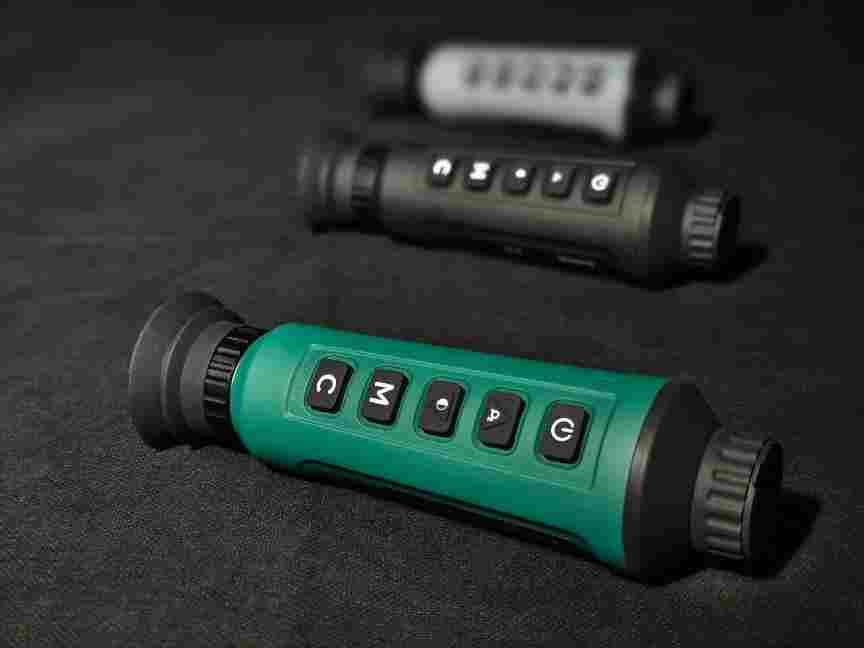
Main Types of Night Vision Devices
Night Vision Goggles (NVGs): Worn on the head to allow hands-free vision enhancement at night, commonly using image intensification.
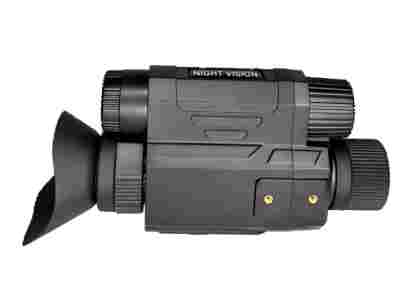
Night Vision Scopes: Mounted on weapons or used as handheld devices; they may combine both image intensification and thermal imaging.
Thermal Cameras: Portable or mounted systems that visualize heat emissions; useful in security, firefighting, and wildlife observation.
Each type has distinct strengths, depending on whether enhanced low-light vision or heat detection is more advantageous for the user.
Applications of Night Vision Devices in Modern Life
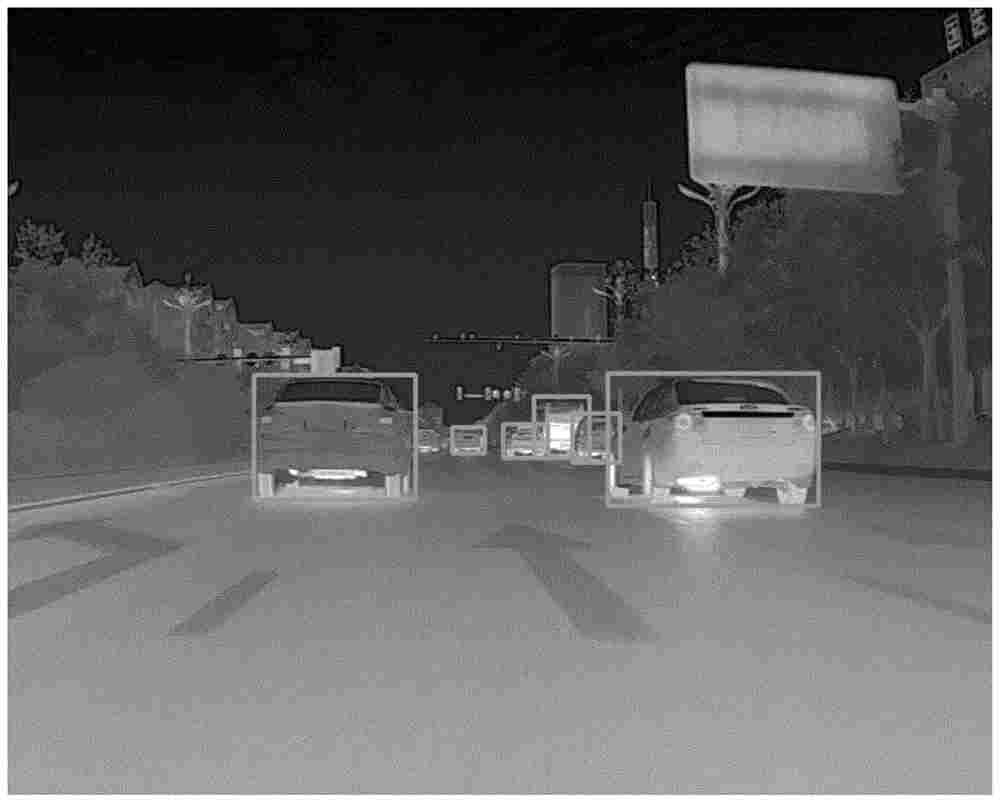
Night vision technology, once reserved for military operations, now plays a vital role across numerous fields:
Military and Defense: Soldiers use night vision to navigate and engage targets in darkness.
Law Enforcement: Police and border patrol units use thermal imaging for surveillance and suspect tracking.
Wildlife Observation and Research: Biologists monitor nocturnal animals without disturbing them.
Search and Rescue: Teams use thermal cameras to find lost persons in dark or disaster-hit areas.
Personal Use: Hunters, campers, and outdoor enthusiasts often use night vision for navigation and spotting wildlife.
Driving Assistance: Some high-end vehicles include night vision systems to detect pedestrians and animals at night.
The technology is continuously evolving, becoming more accessible and affordable for everyday users.
Final Thoughts
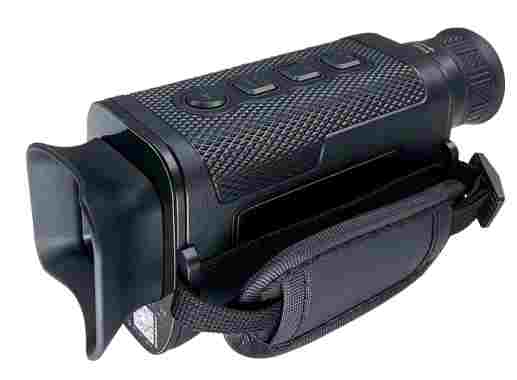
The natural world has provided incredible insights into seeing in the dark, from the reflective eyes of a cat to the infrared sensitivity of a snake. Humans, inspired by these biological marvels, have developed technologies that allow us to pierce the darkness and explore new realms. Whether enhancing vision for safety, exploration, or adventure, night vision devices stand as a testament to the power of learning from nature and our endless desire to see beyond the limits of our eyes.

